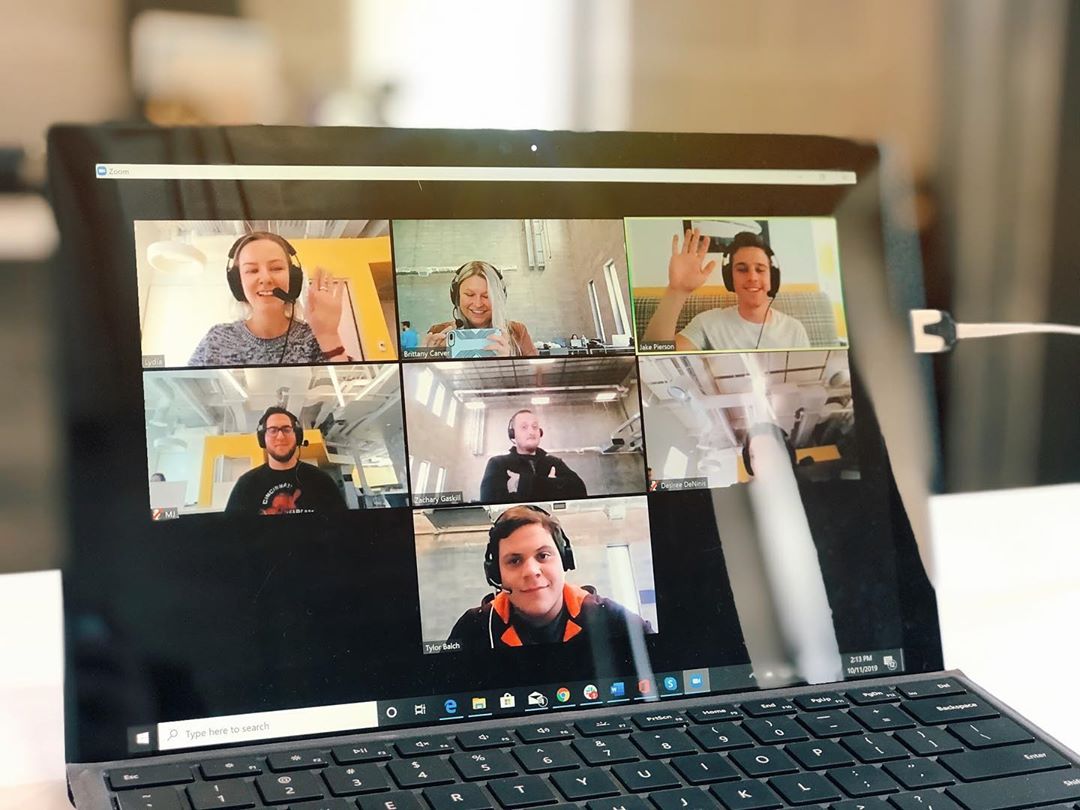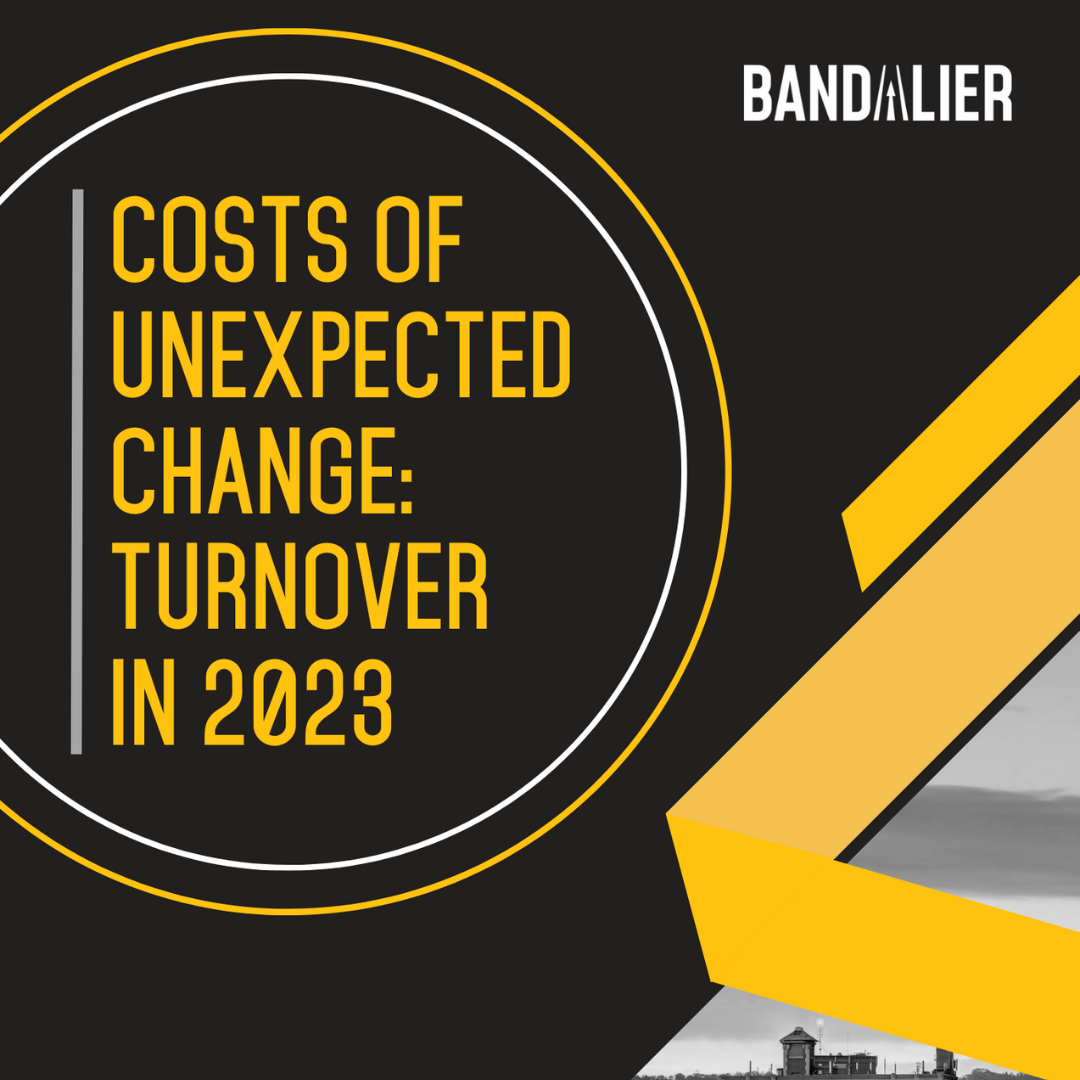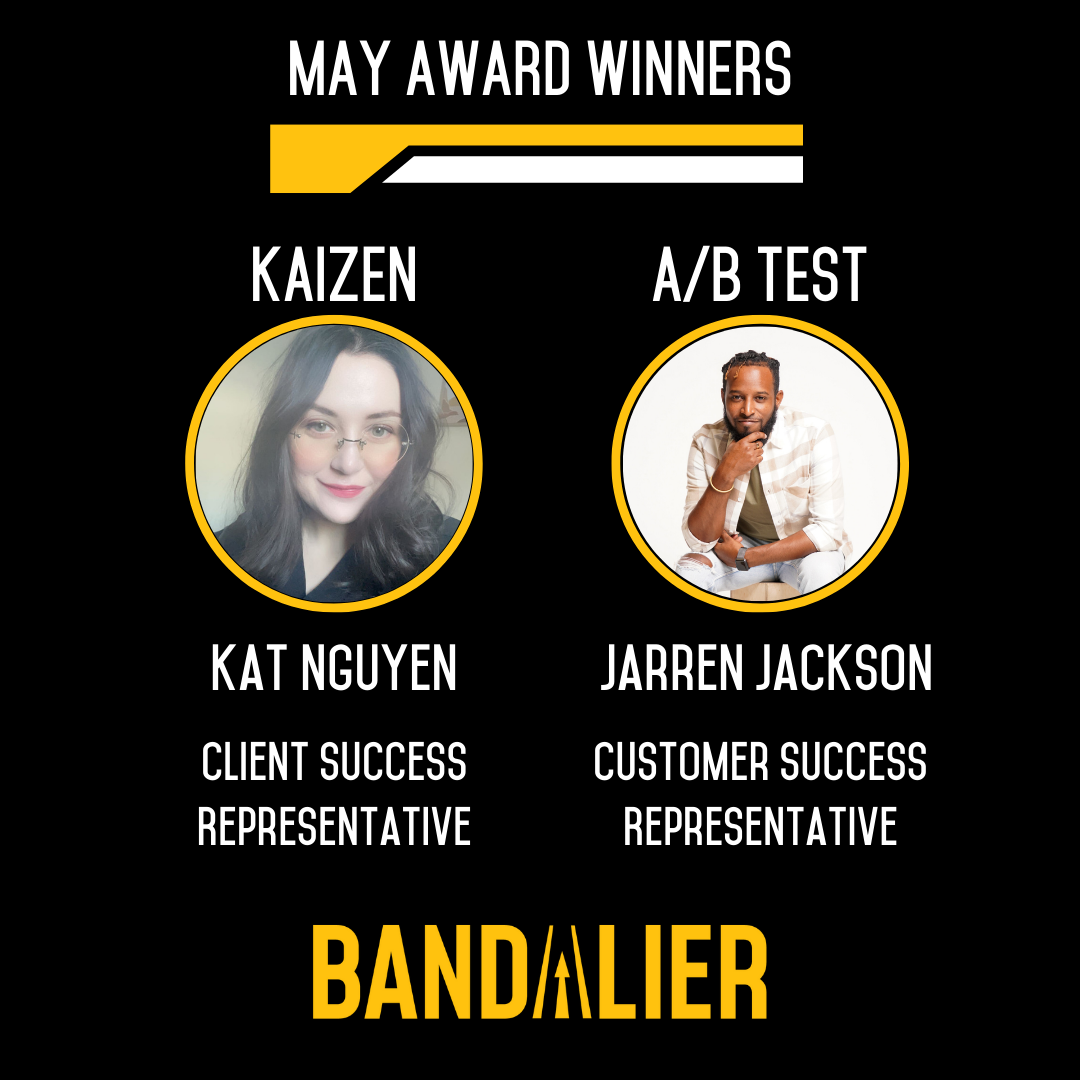Keeping SDR Talent: A Smart Solution
Growing companies typically look to sales development reps (SDRs) to help them prospect and qualify sales prospects. It is a role that is equal parts crucial, exhilarating, and challenging.
The trouble with turnover
While the role of the SDR – finding and qualifying prospects and making the first contacts with them – is a vital one for the sales team, it’s a role that can be very stressful. While an entry-level SDR role is one of the best ways to learn the ins and outs of business development, the day-to-day work of most SDRs includes making up to hundreds of cold calls per day, facing endless rejection from prospects. In the wake of a global pandemic that has made decision makers in many industries even harder to reach, the role is only getting harder. “SDR burnout” is a major problem for tech companies all of all stripes.
With all that burnout happening, it’s not surprising that the average tenure of an SDR is just 1.8 years and the average turnover rate among people hired to fill these roles is 38 percent, according to a report by The Bridge Group. One reason is that many growing tech companies attempt to vet, hire and train candidates without the proper infrastructure in place. That can be an expensive proposition, too, costing as much as one and half to two times the yearly salary per role[JR1] [JB2] .
When it comes to experience, less is more
Lots of companies try to solve this problem by focusing their SDR hiring efforts exclusively on candidates with experience. They figure that by working only with folks with experience, they can avoid the risks of investing a lot of time and money into the training of an SDR who is likely to leave the company in short order.
That’s not a great strategy, for several reasons. SDRs with experience in most cases look to move up into account management or sales management roles. Looking for SDRs with experience who are open to staying in the SDR role indefinitely makes a narrow talent market even smaller.
Similarly, by focusing on SDRs with experience, you are effectively outsourcing the training component – among the most important features of any SDR organization – to an unknown outfit (the SDRs previous employer).
Another option
Hiring outsourced SDRs addresses many of the pain points that drive companies to look for the magic unicorn of an ‘SDR with experience’ without the same drawbacks. The secret is to work with an outsourcing partner that can filter and train your SDRs for you so that they are able to hit the ground running from day one.
A good SDR outsourcing company will have an effective vetting strategy in place and a program for training reps in the skills that will make it much more likely that they will remain in the role and be successful. Some things to look for in a curriculum include strategies for reaching decision makers, making sales presentations across different channels (cold calls, e-mails, social selling), and active listening. And, when your new SDRs are up and running, an effective SDR outsourcing partner can help you implement strategies to empower them and keep them onboard with strategies like regular team meetings, call reviews, and frequent progress check-ins. Some partners will even allow you to hire SDRs directly after a period of time, if there’s a good mutual fit.
Keeping promising SDR talent
The problem of losing effective workers is not going away. A recent report from McKinsey, which found that about 40% of workers are considering quitting their jobs, describes the “Great Resignation” trend and a dramatic shift in workers’ mentality. More people are quitting their jobs, and the cost of losing them is rising.
An effective partner can help you provide your outsourced SDRs with a clear career path and help them understand how they can evolve and grow within your organization.
Bandalier can offer it all – from an industry-recognized training program and a proven culture of continuous improvement. Contact us to learn more.














